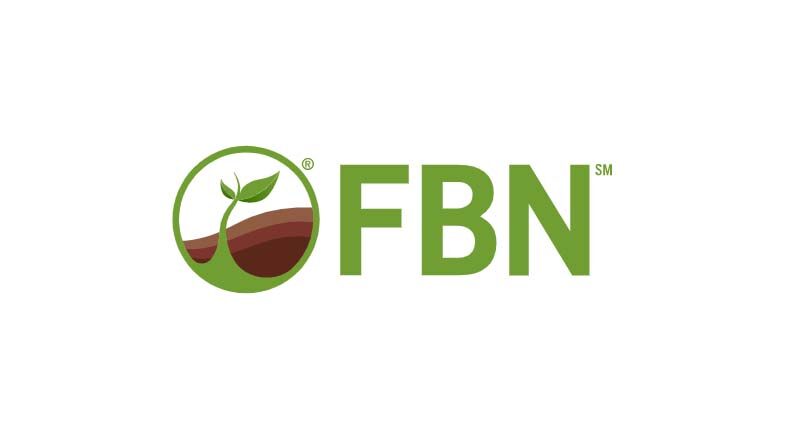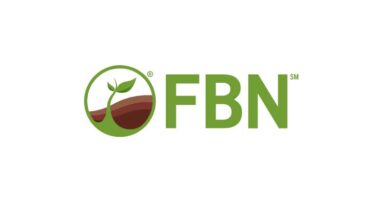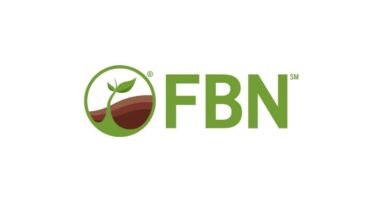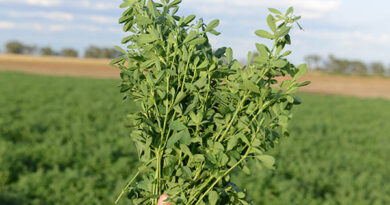Agricultural Impacts of the Russia-Ukraine War Six Months Later
27 October 2022, Ukraine: As the war in Russia-Ukraine continues to rage after six long months, agriculture and grain markets across the globe have been massively disrupted. As commodity prices, grain exports, fertilizer exports and energy prices rise, it has quickly become a concern for farmers around the world.
[How will the conflict affect growers in North America and around the world? Unlock the free report today.]
When we released the FBN® Special Report: State of Agriculture 2022, we found that exports from Russia-Ukraine were estimated at a valuation of $13.8 billion. Here’s how those exports broke down for 2021
- 29% of global wheat exports
- 32% of barley exports
- 19% of rapeseed exports
- 17% of corn exports
For this report, our experts have analyzed and collected data over the past six months of war between Russia and Ukraine. Taking this data into account, the report will look at the impacts on agricultural trade, markets and global food security.
Farmer summary
- Grain exports from Ukraine and Russia remain well off historical norms, impacting some of the world’s poorest countries, though shipments have improved.
- Ukraine’s harvest slipped versus last year’s record, but Russia has a massive crop.
- Disruptions to fall seeding (for winter wheat, barley and rapeseed) are inevitable — especially for Ukraine — raising concerns about harvest potential for 2023.
- High input prices still exist today with limited hope of a major break in the future.
- Grain futures have continued their volatile movements, with the slightest developments on the trade and production fronts in the Black Sea sparking sharp swings in prices.
[Learn more about the agricultural impacts of the Russian-Ukrainian war in our recent FBN Research report. Unlock the free report today.]
What it means for the farmer
U.S. producers have and will likely continue to see high input prices into the 2023 planting season. While fertilizer prices have eased, it’s unlikely to see a return to pre-fall 2021 prices. But the good news is feed grain prices may be stable for a while.
And while U.S. commodities are not attractively priced for importing countries to pay premiums for American wheat, corn and soybeans, that is expected to ease as the U.S. harvest season progresses and buyers return to the U.S. market.
Unlock the free report
Get insights from FBN experts in the latest FBN Research publication. Get your free copy today.
Also Read: List of pesticides restricted and banned for use in Agriculture in India
(For Latest Agriculture News & Updates, follow Krishak Jagat on Google News)















